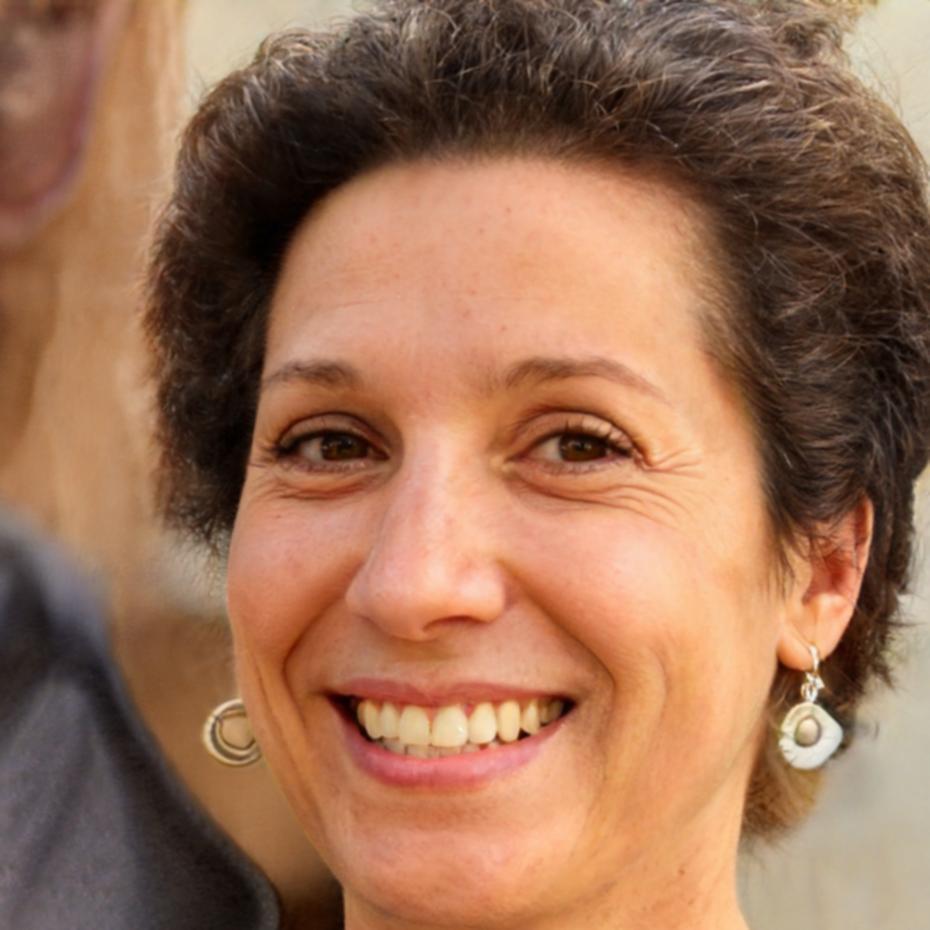Built on Decades of Market Reality
Our approach wasn't designed in a boardroom. It was shaped through years of actual investment work across Southeast Asian markets, where theory meets the complexity of real trading conditions and regulatory environments.
Foundation Analysis Framework
Back in 2019, I watched a colleague lose substantial capital because his quantitative model didn't account for regional liquidity patterns during holiday periods. That experience taught me something textbooks don't cover.
We built our framework around three layers that actually matter when you're analyzing investments in emerging markets. First comes understanding the regulatory landscape, which shifts more frequently here than in established Western markets. Then comes the liquidity assessment, which is where most international analysts get caught off guard.
- Regulatory environment mapping with quarterly updates reflecting actual policy changes affecting foreign investment flows
- Liquidity depth analysis that accounts for regional trading patterns and seasonal variations specific to ASEAN markets
- Cross-border capital flow tracking that considers both official channels and practical repatriation timelines
- Risk layering that separates market risk from operational and regulatory risk components

Progressive Learning Architecture
Our curriculum follows how investment professionals actually develop expertise. Not through linear progression, but through iterative deepening of interconnected skills.
Market Foundations
You'll start where every professional should, but often doesn't. Understanding the structural differences between developed and emerging market dynamics.
- Thai SET index mechanics and sector composition
- Regional exchange relationships and arbitrage implications
- Foreign ownership limits and their practical effects
- Settlement systems and actual transaction timelines
Analytical Methods
This phase focuses on building your toolkit with methods that hold up under real market conditions, not just backtested scenarios.
- Financial statement analysis adapted for regional reporting standards
- Valuation approaches that account for market liquidity constraints
- Technical analysis considering lower volume trading environments
- Scenario modeling for regulatory change impacts
Portfolio Construction
Here's where theory meets the constraints of actual portfolio management in regional markets. Correlation assumptions break down differently here.
- Asset allocation with emerging market correlation patterns
- Risk budgeting across currency and market exposures
- Rebalancing strategies considering transaction costs
- Hedging approaches for regional currency volatility


How We Actually Work With Participants
Our instructors aren't just teaching concepts. Deirdre spent eight years managing equity portfolios through the 2020-2021 volatility. Sloane worked through the 2022 rate adjustment period while maintaining client portfolios.
When they're explaining risk management, they're drawing on positions they've actually held and decisions they've had to defend. That context changes how you understand the material.
What Sets This Apart
- Case studies pulled from actual regional market events between 2020-2025
- Analysis frameworks tested in real portfolio management environments
- Regular curriculum updates reflecting current regulatory changes
- Direct access to professionals managing active regional positions